1
HOME > Tips & Advice >
HOW TO GET YOUR CLOTHES TO LAST LONGER
Written by Ivan Yaskey in Tips & Advice on the 13th April 2023
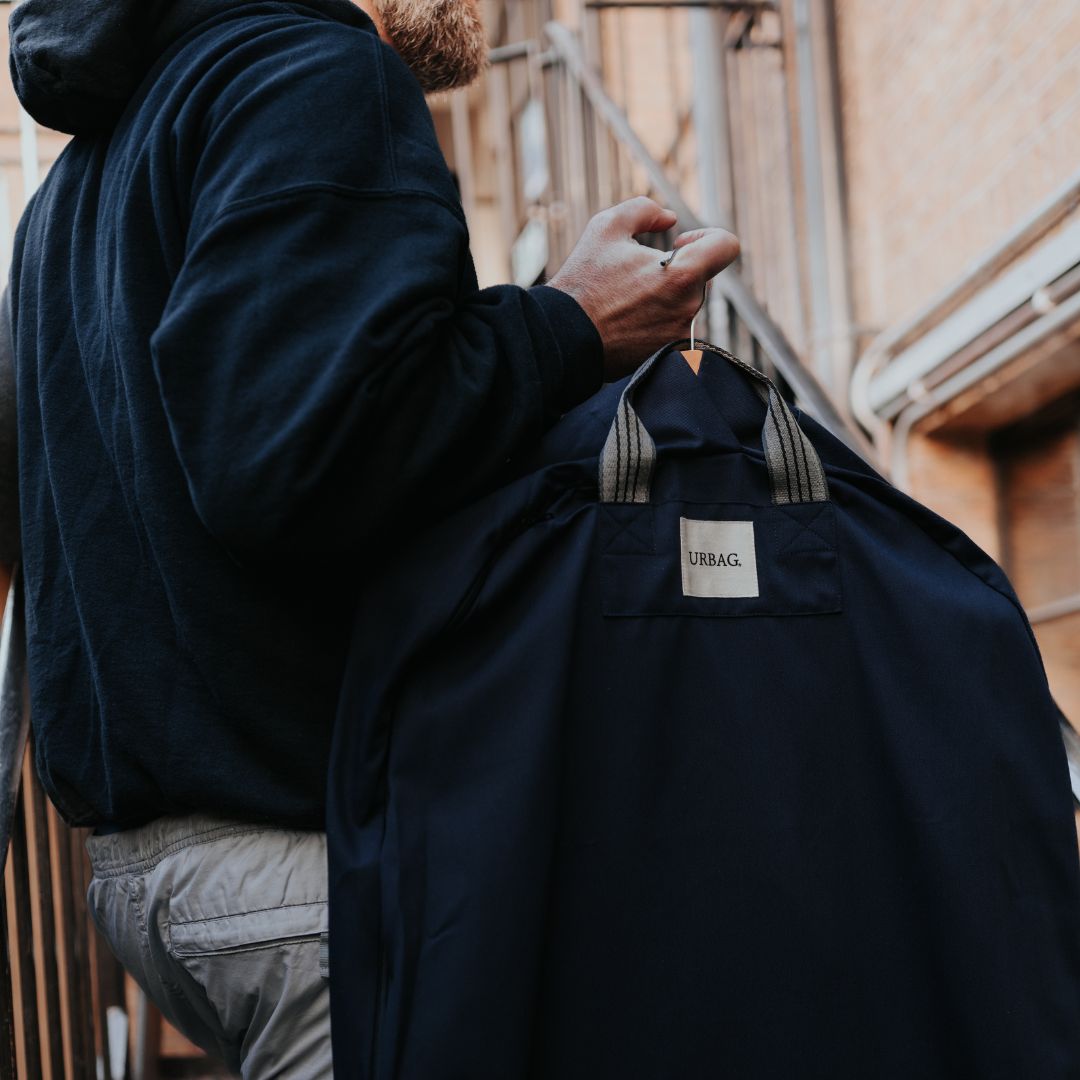
With all the talk surrounding making more sustainable, eco-conscious clothing, one factor frequently gets overlooked: Getting your existing wardrobe to last longer. Unfortunately, this action can seem like an uphill battle in the present: As a result of cheaper, shoddier clothing production, fabrics start to pill sooner, and seams appear to come apart after a few washes. Having something still wearable a few years later feels downright impossible. Yet, likely as a result of the disposability culture around fashion that took hold in the early 2000s and accelerated over the past 20 years, we buy more, and what we purchase goes through fewer wears. A majority of people throw clothing after fewer than 10 wears, and based on a study from The Wrap, the average lifespan of a garment in the U.K. is just over two years.
Getting your clothing to last longer ultimately results in lower emissions – 20 to 30 percent lower if you extend a garment’s lifespan by nearly a year. However, tossing out clothing isn’t always an act of frivolousness: The Wrap’s results show that fading colours, visible wear, or getting stretched out are common reasons. They further found that better construction and motivation to wear clothing helped keep garments in rotation for longer. As you evaluate your own habits, understand how you can get your wardrobe to last longer:
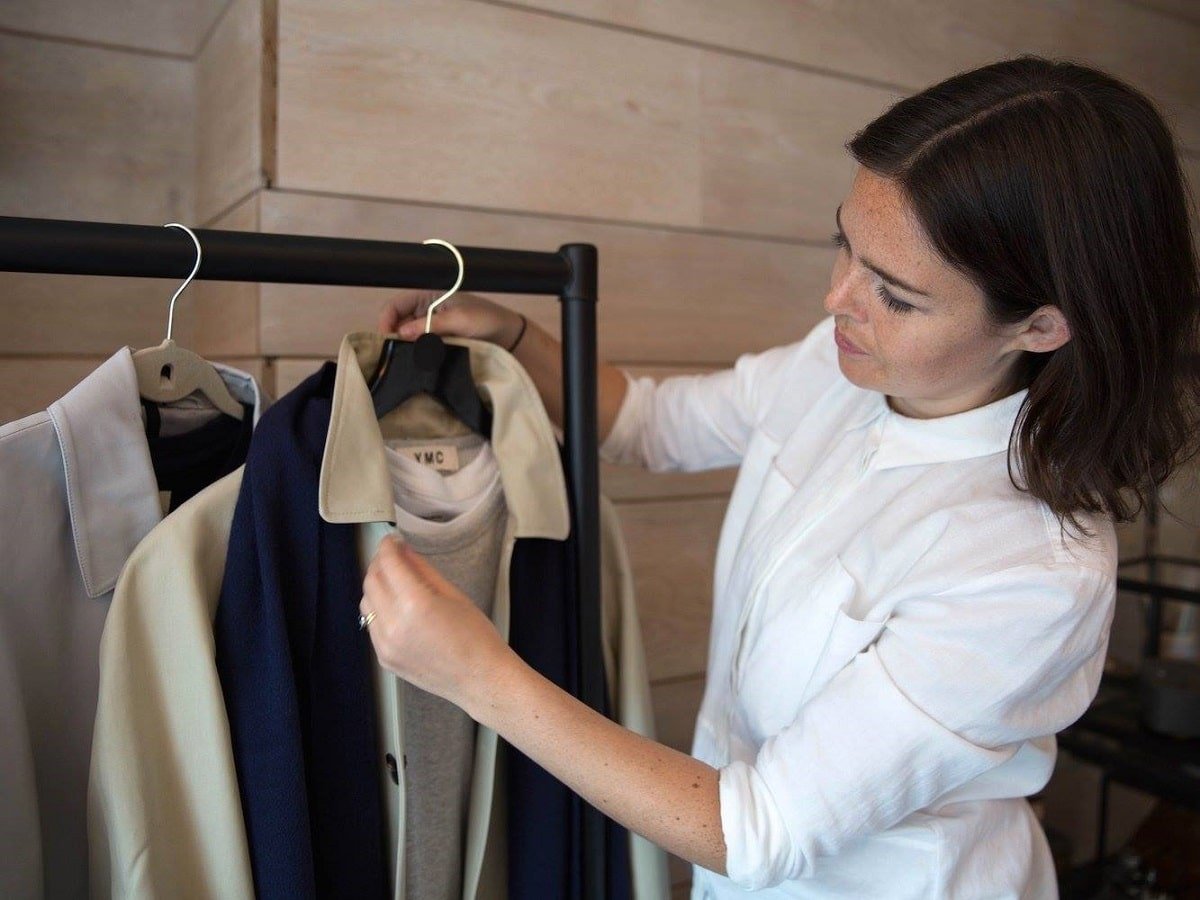
Start With Higher-Quality Pieces
Again, this is a tenet of building a capsule wardrobe, and while you don’t have to purchase designer for everything, a slightly higher price tag generally correlates with studier construction, unless you’re purchasing secondhand. Whether you’re strictly going vintage or occasionally purchase something new, know what to look for:
- Avoid sheer and thin fabrics, as these tear and show wear sooner. Check for loose threads, and hold the garment up to the light to see if you can see through it.
- Select single-fiber materials rather than blended fabrics, with preference given to cotton, wool, and linen. Although polyester and nylon have reputations for being long-lasting in outdoor gear contexts, realize that the materials shed and release microplastics into the environment.
- Look for seams you can let out or hem if needed. Longevity often comes through variability and adaptability. Avoid anything with a raw hem, as it may start to unravel.
- Pull at the seams to see if the stitches stretch or appear to be coming apart. Tighter, double stitching lasts longer than single, looser seams.
- Patterns that line up exactly at the seams and an interior lining tend to signify higher-quality, more thoughtful construction.
- Look for covered metal zippers and buttons. Buttons should use a snap-style construction or be securely sewn on.
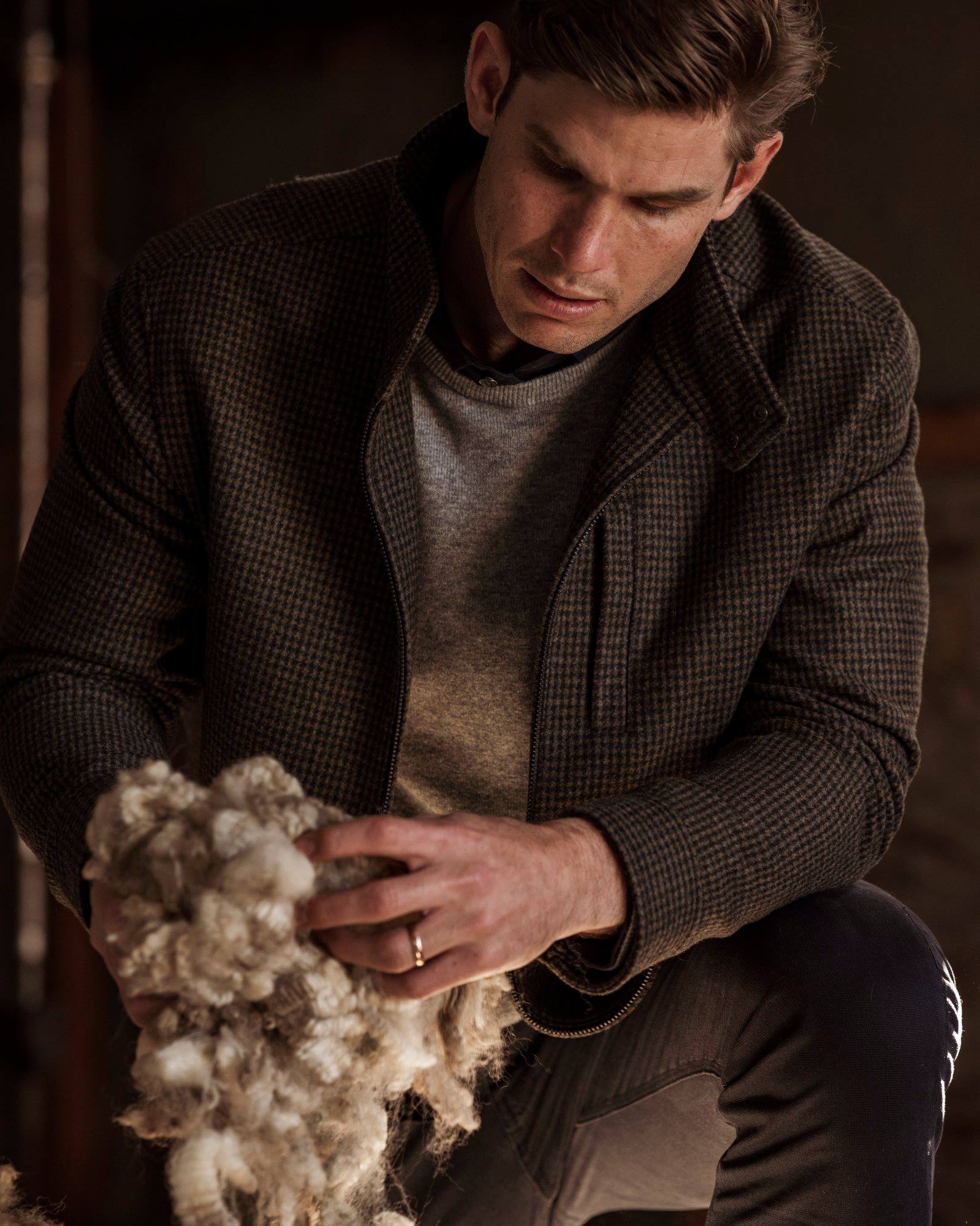
Take Care of Stains
Don’t let a spilled cup of coffee, grease, or dirt send a garment to a landfill prematurely. Instead, immediately blot out or treat the stain to keep up the garment’s appearance. You have two ways to go about doing this:
- Carry around a stain removal pen, and deploy it as soon as possible once you spot a stain on your garment. Otherwise, you risk having the stain set.
- Know how to treat a stain: Understand when to pre-soak a garment (or apply degreasing soap) before placing it in the wash.
Know How to Wash Your Clothing
Washing places the greatest degree of wear on your clothing, be it through overloading a machine, using too-hot water, or washing too frequently. To better preserve your clothing:
- Always read the labels: Know what requires cold water, what’s considered a delicate or requires hand-washing, and what shouldn’t be placed in the dryer. For anything dry clean only, set it aside for an occasional appointment, or use the delicates setting before line-drying it.
- Always sort: Maybe you got into the habit of tossing everything into the machine during your university and early career days because it saved money. This approach, however, can make lighter shades like whites and pastels appear dull, dingy, and dark. Instead, place your clothing in piles: lights, darks, anything sheer, lacy, or otherwise delicate, and garments requiring cold water only. Anything sheer or delicate should ideally be placed in a delicates bag before going into the wash.
- Button and zip: The fewer jagged edges swirling around in the washing machine or dryer, the fewer the chances a shirt or trousers will get snagged and start showing wear. Buttons, too, can get caught around the machine’s edges and be pried off.
- Inside out: Especially for darker-coloured and patterned garments, turn them inside out to better preserve the colour. Also consider turning button-down shirts inside out to better preserve the fasteners.
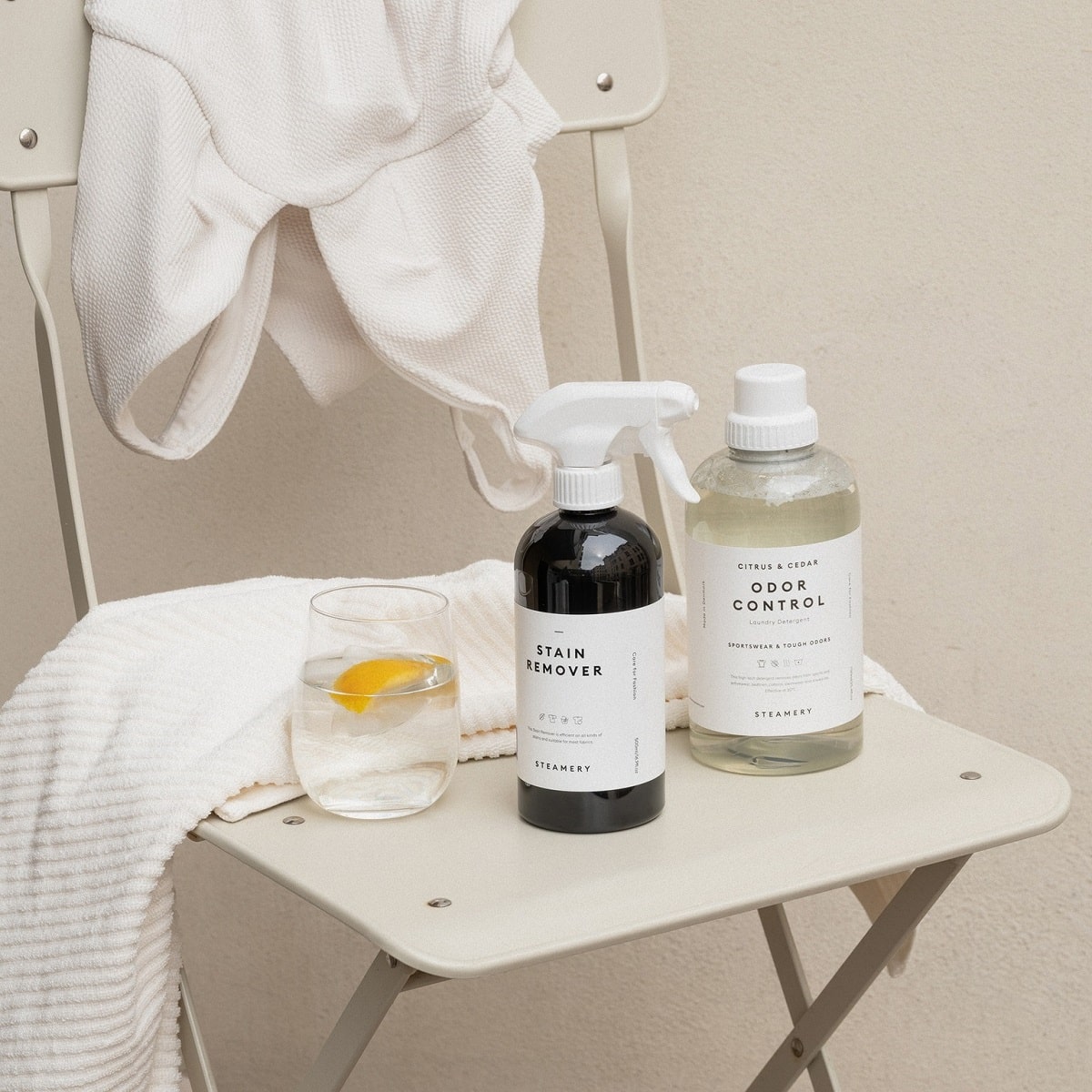
- Wash less frequently: You might recall when Levi’s CEO mentioned that you should wait about six months to wash raw denim – and never use a washing machine. While this might sound extreme, most clothing, excluding undergarments, doesn’t need to be washed once per week. The washing and drying process causes premature wear and fading, shrinkage, and affects the interior elastic of both waistbands and blended materials. Hence why your skinny jeans start to pucker with time. In general, most clothing can be worn multiple times before washing. This better maintains their appearance and strength, and uses less water long term.
- Don’t overstuff the machine: While inserting too few garments wastes water, overstuffing a washer or dryer increases friction and abrasion and the amount of wear, fading, and damage your clothing may experience.
- Use less detergent: Most detergents aren’t great for the environment: Like many liquid soaps, they’re formulated with polymers that don’t degrade. Appearance wise, too much detergent can result in a faded look and stiff feel, and from there, you may be attempted to reach for fabric softener. To preserve your clothing, seek out eco-friendly detergents (preferably in refillable or recyclable packaging) made without fossil fuels, use half the amount recommended on the bottle, and increase its performance with vinegar and baking soda.
- Use less heat: Hot water and dryer heat can shrink and stretch your garments and cause them to wear out sooner. While we’re often told that hot water helps get out stains, it can have the opposite effect by causing them to set in the fabric. Consider using cold or low-medium temperature water instead, and skip the dryer entirely. Should you have to use the dryer, select a lower setting to reduce heat exposure, as well as subsequent damage and carbon emissions. The exception is undergarments, socks, gym clothes, towels, and bedding: Higher temperatures better kill germs for fabrics that will be sitting right against the skin.
- Line dry: If you can, string a clothesline through your yard or apartment, or set up a drying rack. Not only does line-drying involve less energy, but it additionally decreases potential damage and shrinking, better preserving your garments.
- Limit dry cleaning: Just as with other parts of the washing process, dry cleaning generates emissions, can cause fabric to fade sooner than you expected, and releases additional chemicals into the environment. Understand that anything listed as “dry clean only” can be handwashed, placed into your delicates bag, or washed on a gentle cycle at a low temperature. Should your clothes need to be dry-cleaned, look for an eco-friendly establishment, and bring your own garment bag.
- Limit ironing: Ironing additionally contributes to shrinkage and can leave glossy marks on your clothing – a sign of too-hot application. To remove wrinkles, either use a lower setting, or steam your clothing: This can be done with a hand-held device, or by hanging your clothing in the bathroom the next time you take a shower.
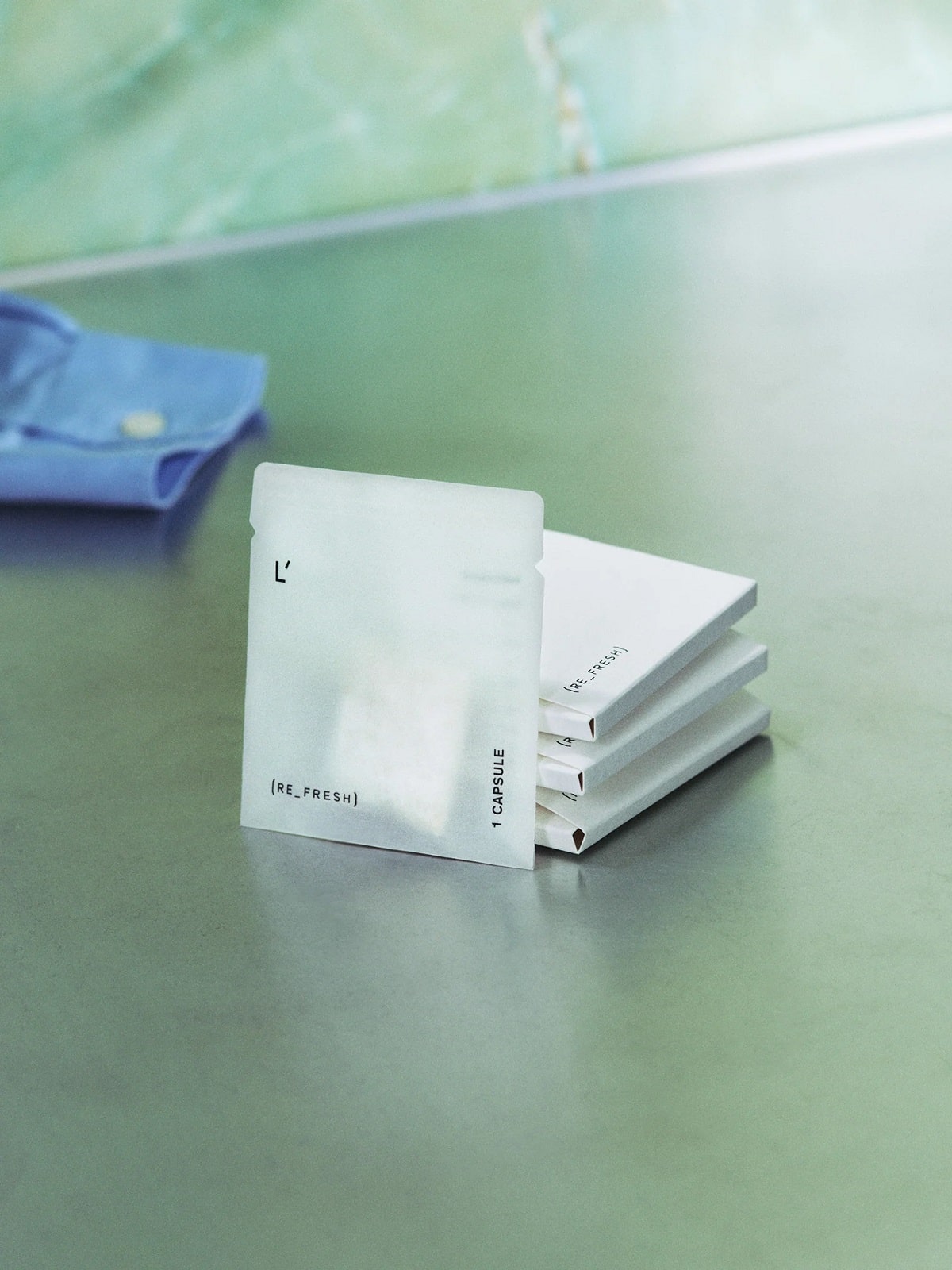
Storing Your Clothing
In general, avoid storage conditions where your clothing come in direct contact with light: Predictably, this degree of UV exposure contributes to fading within a relatively short time. Yet, confined spaces can result in wrinkles that you can’t get out, increase friction and wear, and even expose them to mould.
So you’re not throwing out your clothes:
- Never keep your clothing long term in a bathroom or basement environment – in these bacteria-prone environments, mould can spread to and accumulate on your clothing. Instead, store all clothing in a cool, dry place free of heat, moisture, and dirt.
- Ideally, keep most clothing on hangers or in a drawer with some space to limit wrinkling and abrasion.
- For special-occasion garments like suits, use a wood-handled hanger and a breathable canvas garment bag.
- In general, dress clothing – and items more prone to creasing – should be hung in your closet rather than folded.
- Knit garments – for example, sweaters and T-shirts – should be folded and placed in a shelf or spacious drawer. Hanging these garments up can cause them to stretch out.
- Select thicker, preferably wooden hangers, as thinner metal ones can cause your garment to stretch out or develop creases.
- Add lavender to your closet and drawers to deter moths and other insects.
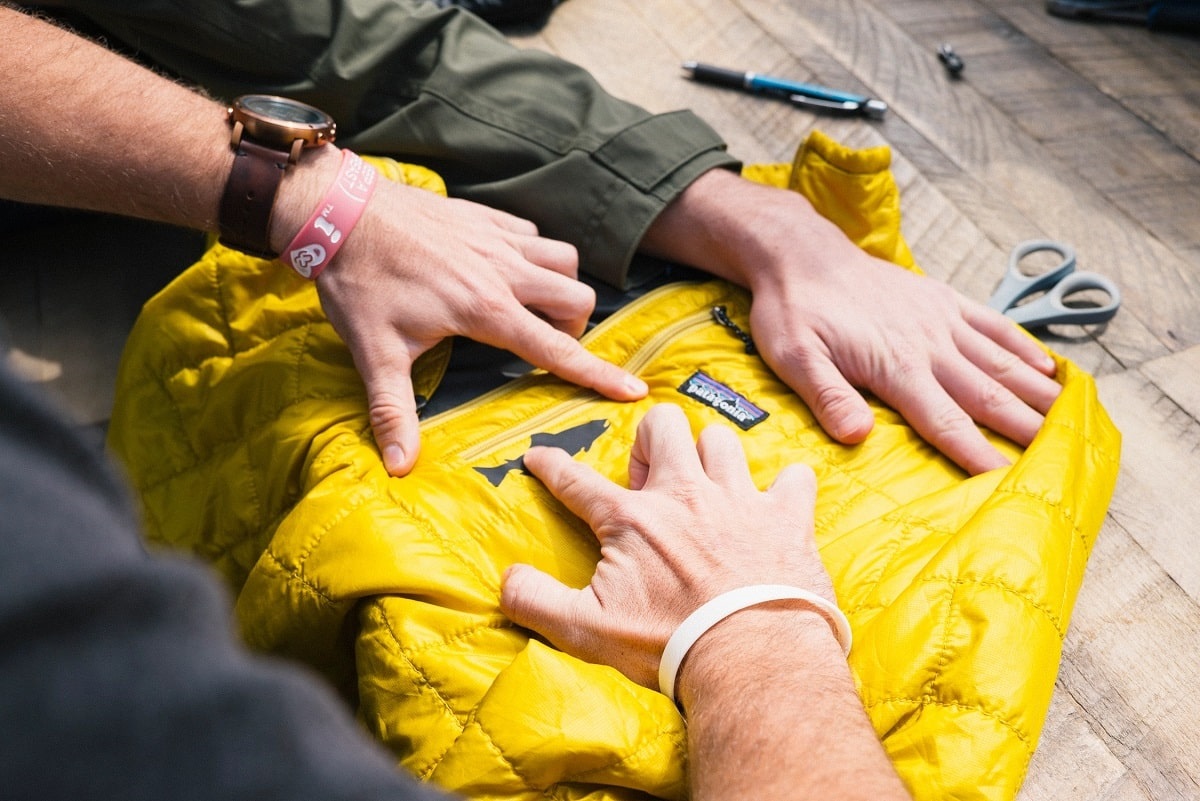
Repair and Revive
On occasion, you may find yourself repairing a small tear or sewing on a button. Know how to perform basic clothes mending, and for more significant alterations, establish a relationship with a tailor. On the subject of alterations, make sure you have clothing that can be adapted – either having a seam taken in or let out – based on life stage. This factor leads into reviving your clothes. Yes, upcycling is a solution, but on a more mundane level, common revival tactics include:
- Shaving off pilling from knits and other fabrics.
- Re-dyeing darker fabrics.
- Taking in a waist or hem.
- Letting out a seam to accommodate weight gain or a change in size.

Trending
2
3
4
5
6
7
8
9
10










